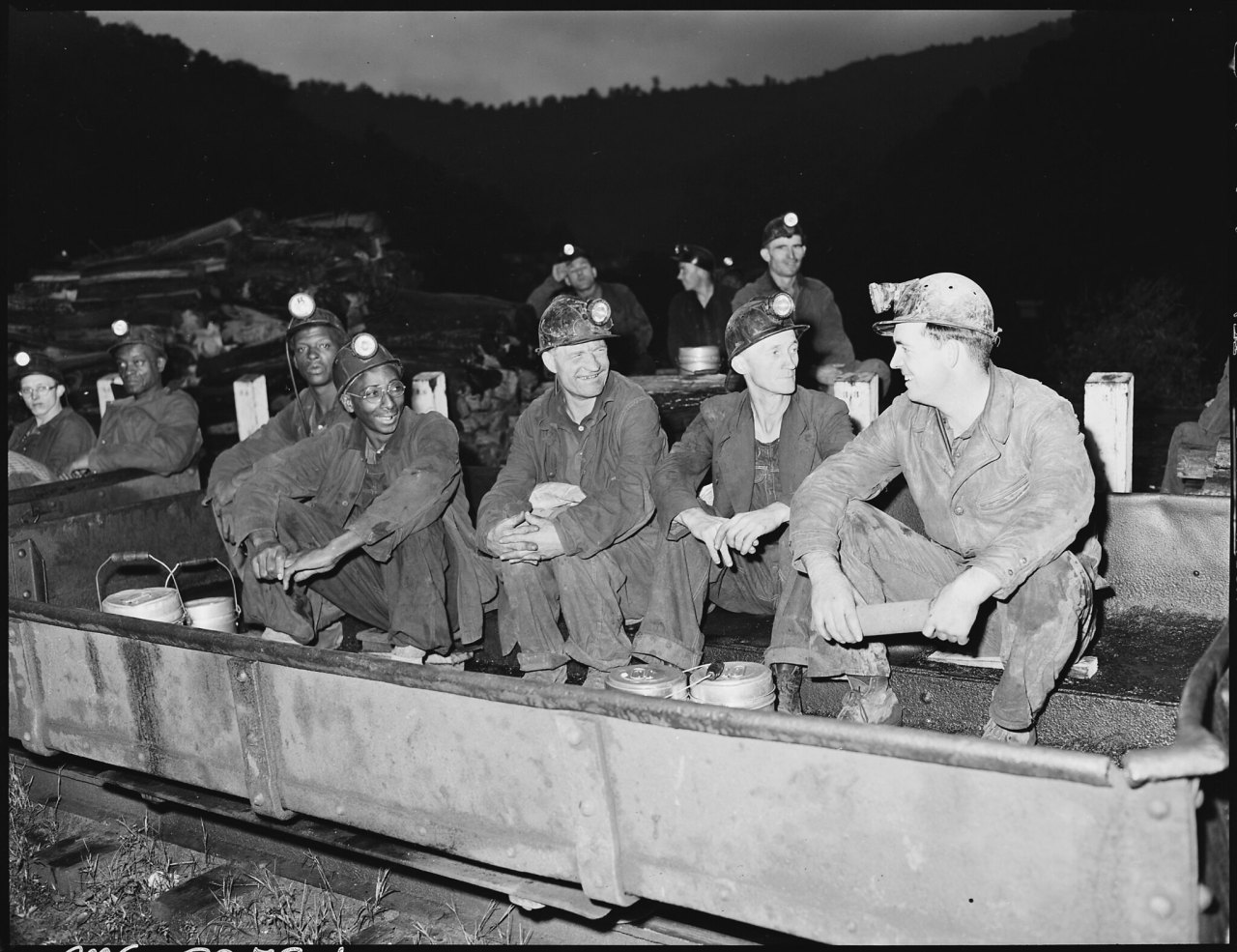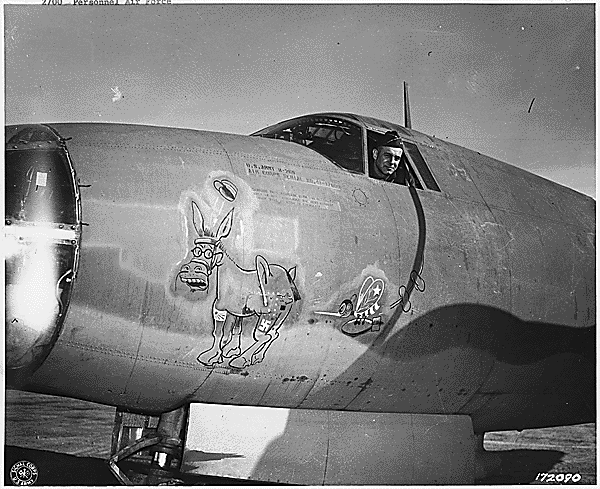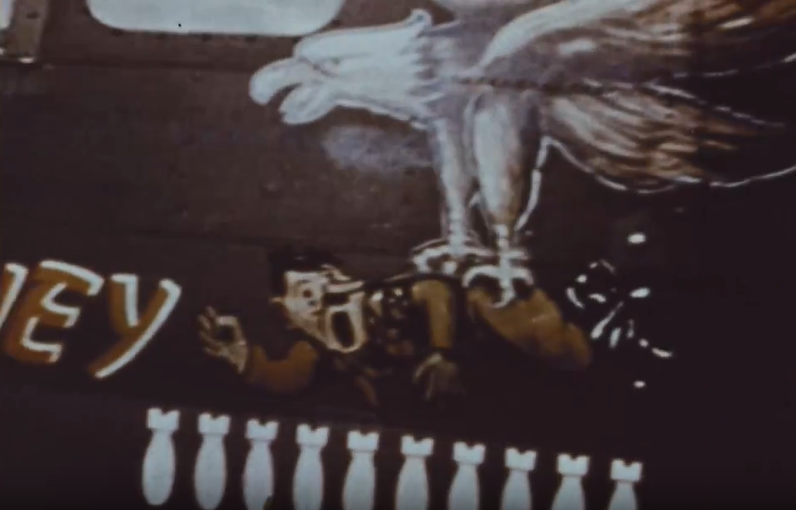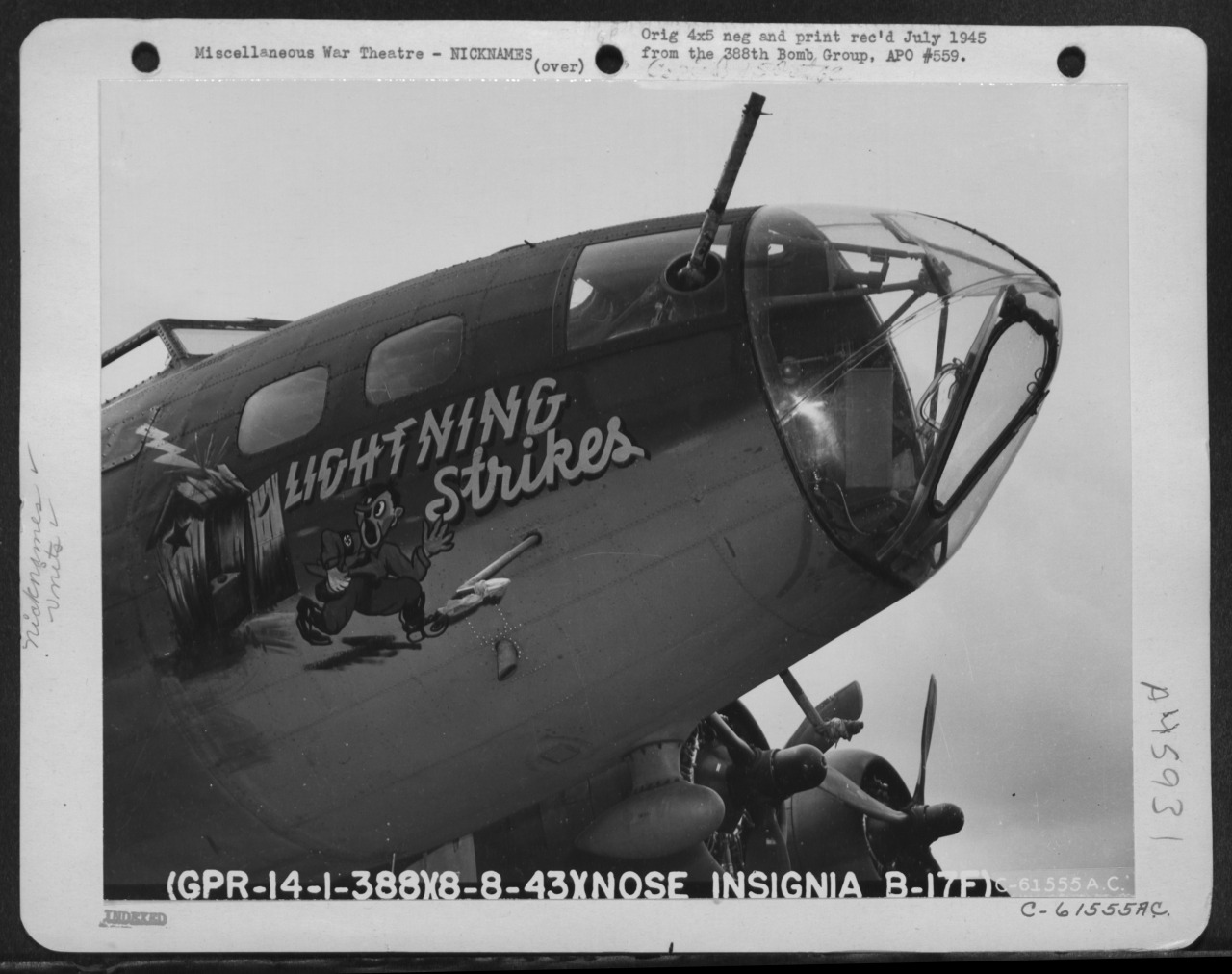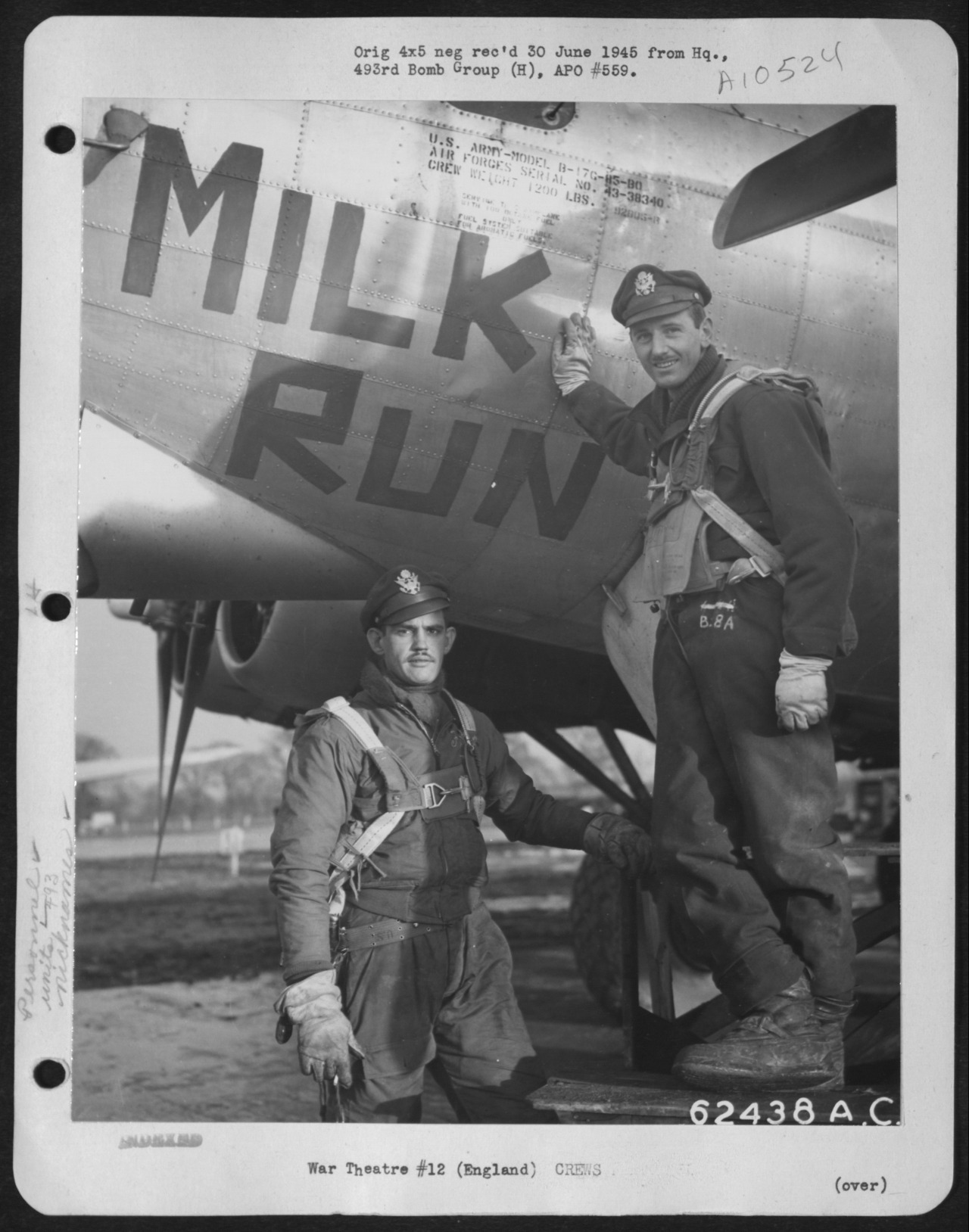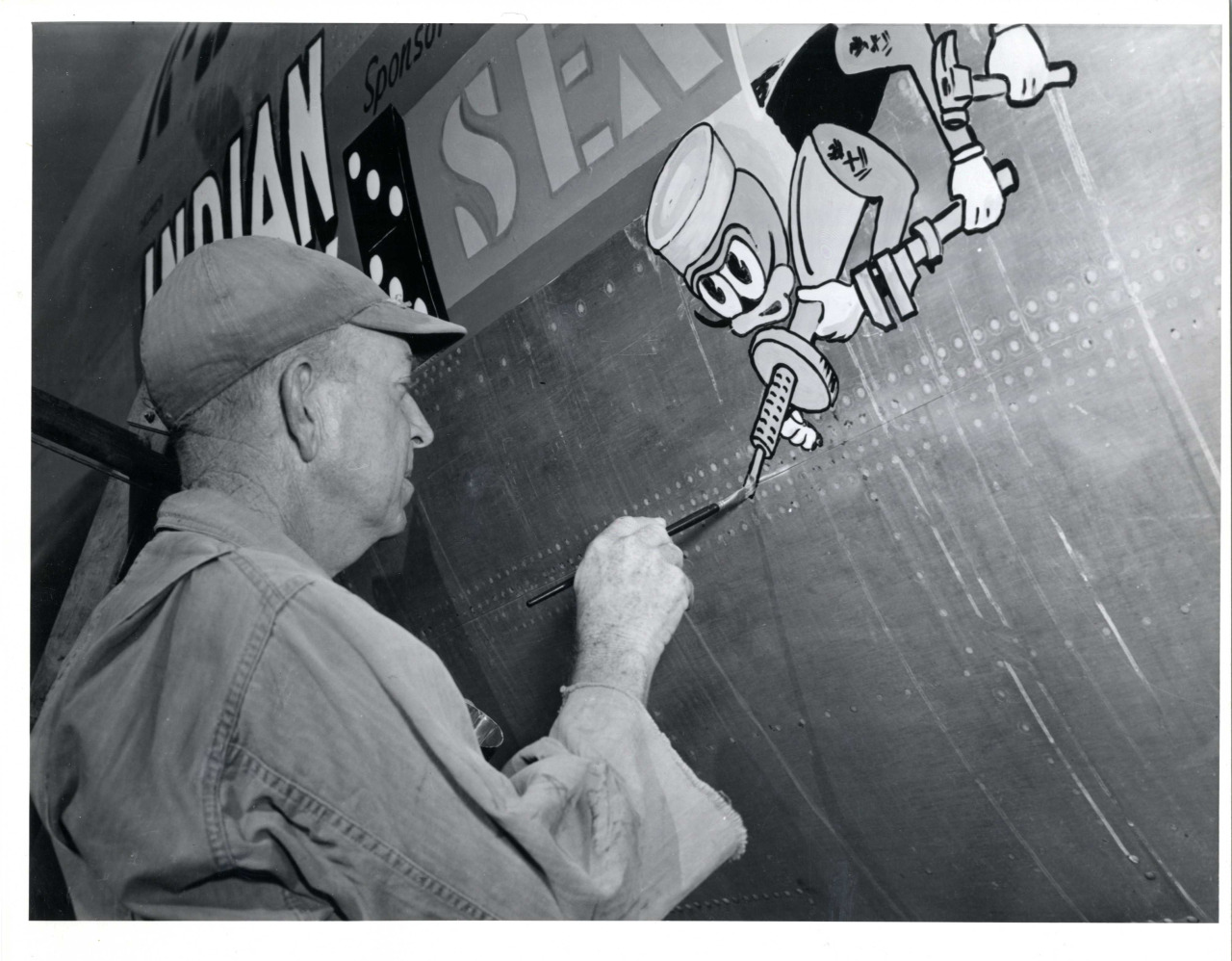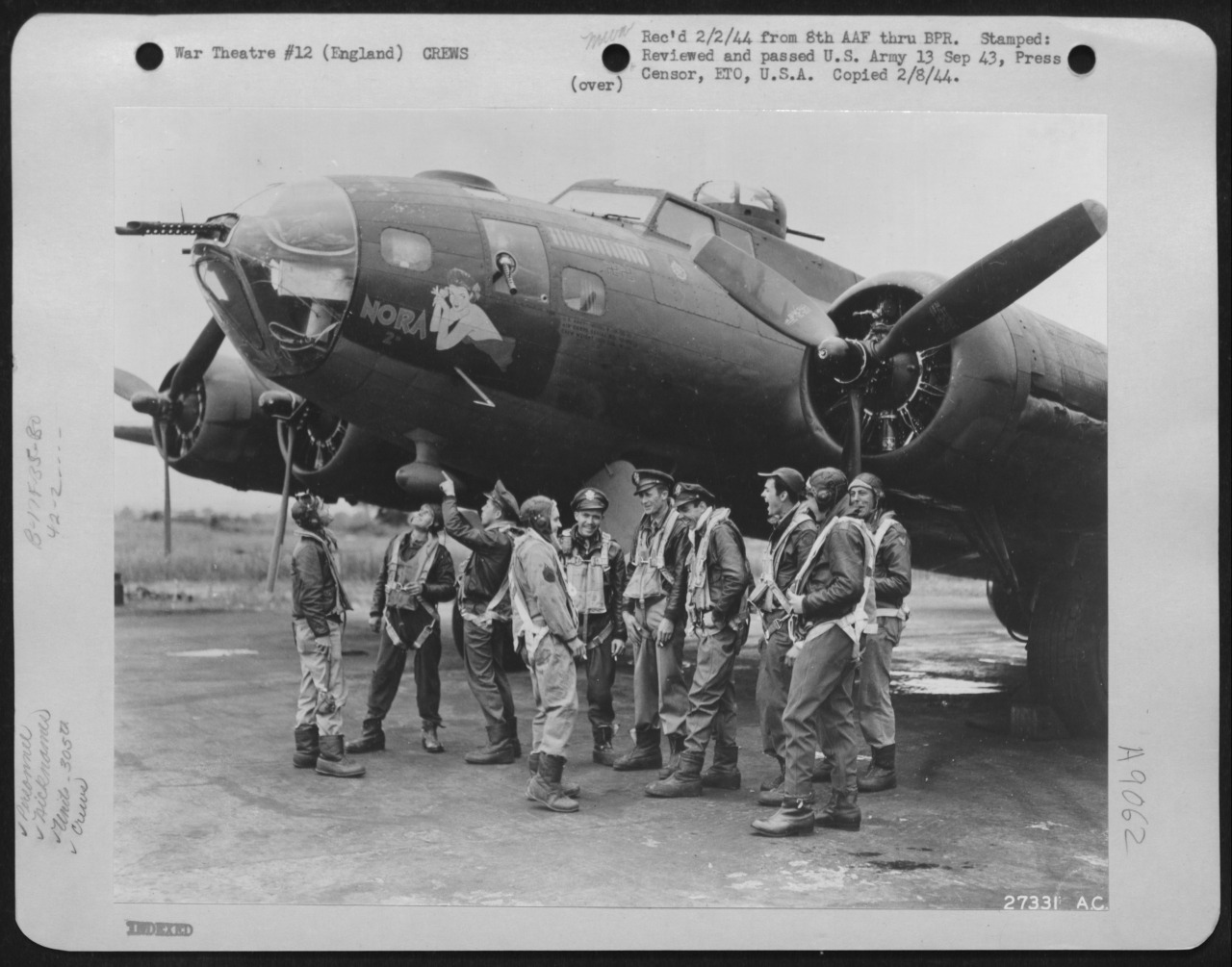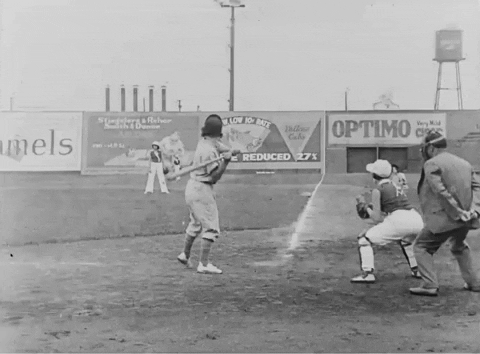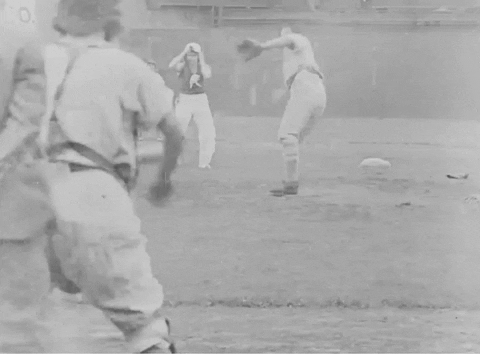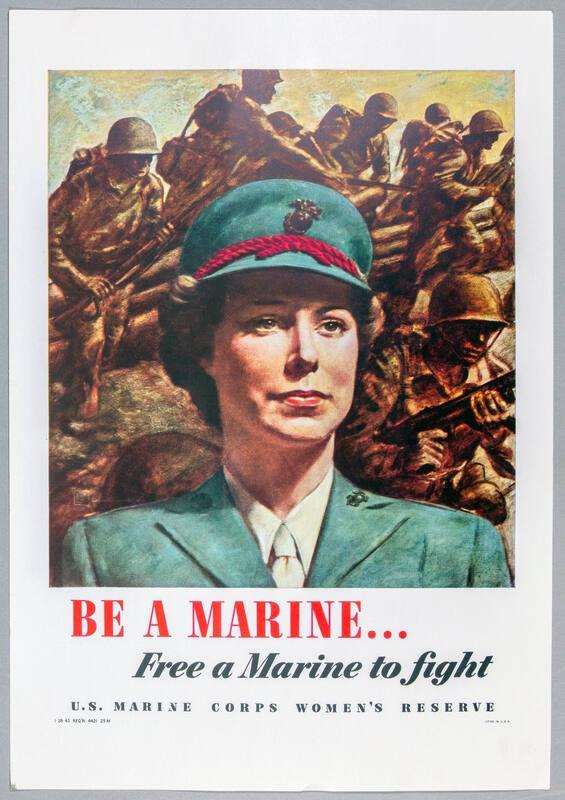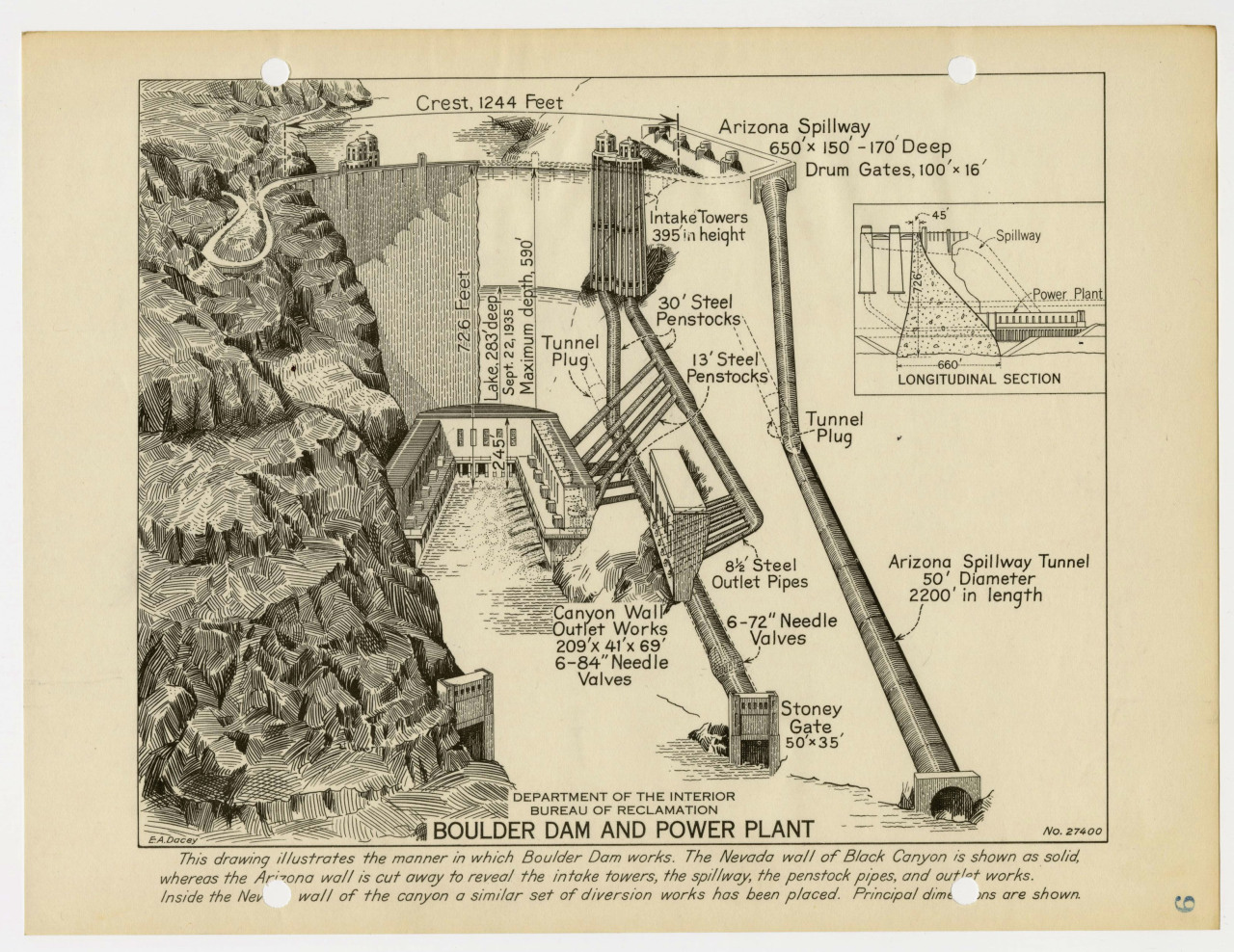The National Archives has unveiled a new state-of-the-art digitization center!
Equipment in the new center includes high-speed scanners and overhead camera systems that handle various record types and formats. Thanks to this equipment, the National Archives will be able to digitize up to 10 times as many records per year, providing Americans with increased access.
“We are committed to expanding free, online public access to our holdings through the National Archives Catalog. This new digitization center will help us meet our strategic goal of digitizing and making available 500 million pages of records by September 30, 2026, and even larger numbers after that.” - Archivist of the United States Dr. Colleen Shogan.
Learn more: https://www.archives.gov/news/articles/mass-digitization-center-college-park-opening
A Woman’s War
Personnel shortages led the military to enlist more than 300,000 women volunteers during World War II. All of the military services created posters that encouraged women to join up. Thousands were recruited to serve as nurses. But many more chose to enter one of the women’s auxiliaries formed by the services.
Over 150,000 served in the Women’s Army Corps (WAC/WAAC) in jobs ranging from telephone, radio, and teletype operator to cryptographer, medical technician, sheet metal worker, and aircraft mechanic.
The Navy recruited over 80,000 WAVES (Women Accepted for Volunteer Emergency Service). They worked as clerks, secretaries, cryptologists, air traffic controllers, meteorologists, and translators.
The Marine Corps Women’s Reserve, established in February 1943, enrolled 23,000 women during the war.
While the Coast Guard Women’s Reserve enlisted more than 10,000 between 1942 and 1946.
Like some of the wartime posters that encouraged women to the join the industrial workforce, military recruitment posters sometimes offered mixed messages. Prevailing biases regarding gender roles dictated that women not serve in combat roles.
Learn more about this collection: https://fdr.artifacts.archives.gov/advancedsearch/Objects/invno%3AMO%202005.13.17*/images?page=1
Follow along throughout 2024 as we feature more #TheArtOfWar WWII posters from our Digital Artifact Collection.



